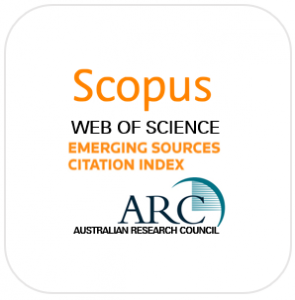ABSTRACT
This study aims at investigating the extent to which the aesthetic effect (AE) in Gibran’s The Prophet has been maintained among Arab recipients in four translations of this masterpiece, namely Okasha (2000), Nuaimy (2013), Al-ābid (2017), and Antonius (2017). To this end, the source text (ST) AE laden segments and their target text (TT) counterparts are compared in terms of lexical selection, sentence structure, and metaphors employed. Data of the study comprised typical illustrative examples randomly selected for analysis according to Yan Fu’s (2012, cited in Zhang 2013) triple translation criteria of faithfulness, expressiveness, and elegance in combination with Nida’s (1964) functional equivalence. Findings of the study revealed that the selected translations exhibit different levels of adequacy in terms of expressing the AE in the TT. Specifically, Okasha’s translation seems more creatively adequate in producing in the TT the approximate AE of the ST, whereas the other translations are sometimes less adequate or even inadequate in this respect.
DOWNLOAD

